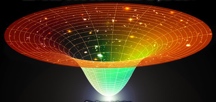
Episode #651
July 24th, 2021
After a hectic day at the office and the race home on the freeway it is nice to just sit in an easy chair and not move.
Good luck with that.
As you sit, drinking your beer, the earth keeps spinning.
It spins at about 1000 miles per hour.
We could do the math:
The earth takes 24 hours to rotate once around its axis.
Its circumference is 24,898 miles.
24,898 miles ÷ 24 hours = 1037 miles per hour.
But, math is etherial.
Let’s get empirical.
Consider that the distance between Los Angeles and New York is about 3000 miles. The time difference is 3 hours.
3000 miles ÷ 3 hours = 1000 miles per hour.
So sitting in your chair you are moving on the surface of the Earth at 1000 miles per hour.
Of course, everything around you is moving the same speed, so it seems to you as if you are sitting still.
But wait!
The Earth is orbiting around the sun.
Since the earth is 93 million miles away from the sun,
the radius of Earth’s orbit is 93 million miles.
Earth’s orbit circumference = 2πr
2 times π times 93 million = 584,336,233 miles orbit circumference.
Divide 584 million miles by 8760 hours in a year to discover that the Earth is orbiting the Sun at 67,000 miles per hour.
Yet, you do not spill your beer.
Now consider that the solar system is orbiting around the center of our Milky Way Galaxy. The distance of 776 billion miles is traveled in 240 million years (AKA a galactic year.) This translates to 483,000 miles per hour.
It does not stop there. Toward an inevitable collision, the Milky Way is being drawn toward Andromeda galaxy at approximately 4,200 miles per hour.
Finally (or perhaps not finally), the Universe is expanding. Near galaxies are traveling away from us at 150,000 miles per hour. Very distant galaxies are said to be moving away at speeds in excess of the speed of light.
Before you comment that nothing can exceed the speed of light consider that as the Universe expands so do the rules of physics.
Keeping with local observations of our relative speed in the Universe, let’s add them all up:
1000 mph Earth rotational speed + 67,000 mph solar orbit + 483,000 mph galactic orbit + 4,200 mph Andromeda drift + 150,000 mph (or more) local universe expansion
= 705,200 mph.
If we were accelerating to that speed you would feel the effects of 32,000 g-forces.
We reached that speed long ago, so you still feel as if you are sitting in your chair.
People ask if it frightens me to fall through the atmosphere while skydiving at 120 mph.
i ask them:
“Does it frighten you to be traveling through space at 705,200 miles per hour?”


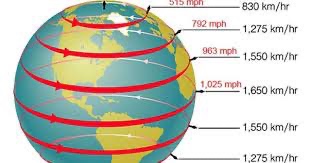
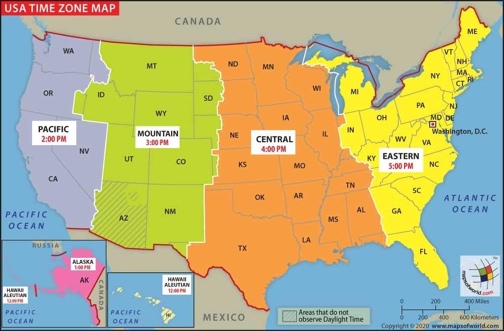
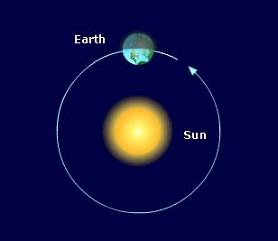
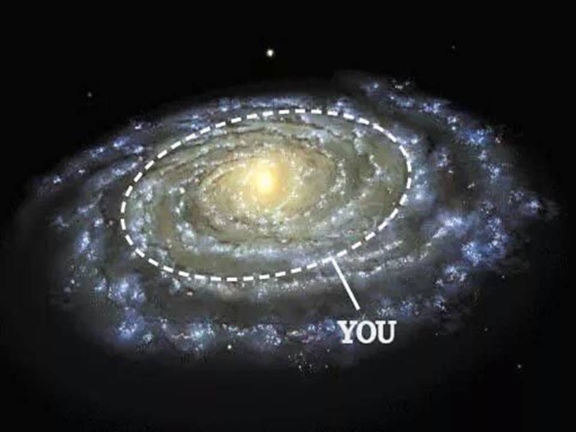


“Earth’s orbit circumference = π times radius squared” should be π times 2 times the radius, not squared. π x radius squared is the AREA of the Earth’s rotation around the sun. But, you got the right answer for the circumference, 584 million miles.
Also, while I agree that we are traveling at a velocity of 705, 200 per hour, that does not equate to 32,000 G’s.
G force is a measure of acceleration, not velocity. Having arrived at this velocity over some indeterminate length of time, the G force on us is zero. And thank God for that, because 9 G’s is thought to be the highest survivable acceleration a human can withstand.
i have made those corrections Tom. Thank you. i think i will set down, drink a beer and give my brain a rest.
The 705,200 mph would only happen if all the velocity vectors were lined up in the same direction at exactly the same moment in time. Just sayin’.
So true Mad John. All the trajectories are helixes around multiple orbits. The track of the planets in our system around the galaxy looks something like a DNA helix. The real speed, however, is probably much higher, since we do not have a measurable point of reference for the expansion of the universe.
Far Out!
Yes… way out there.